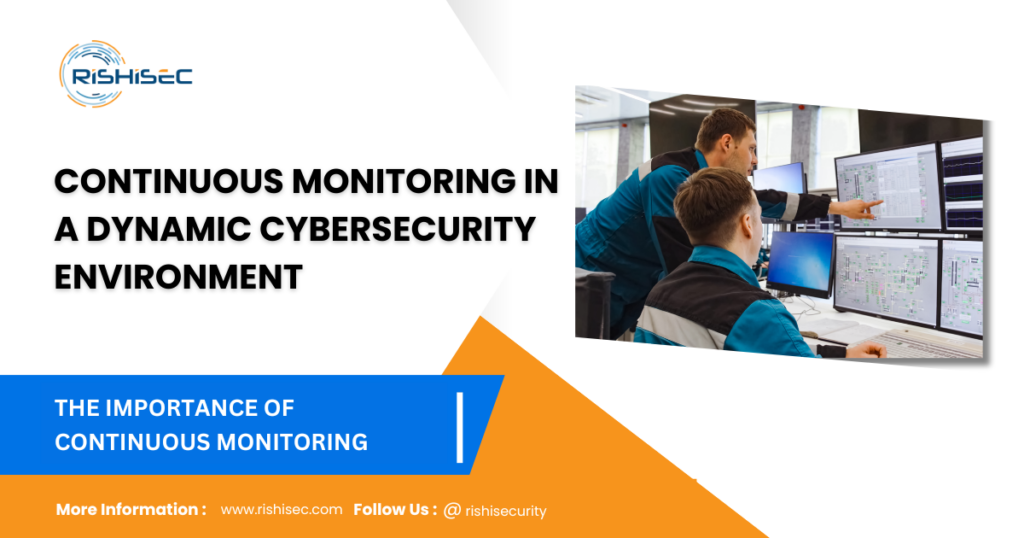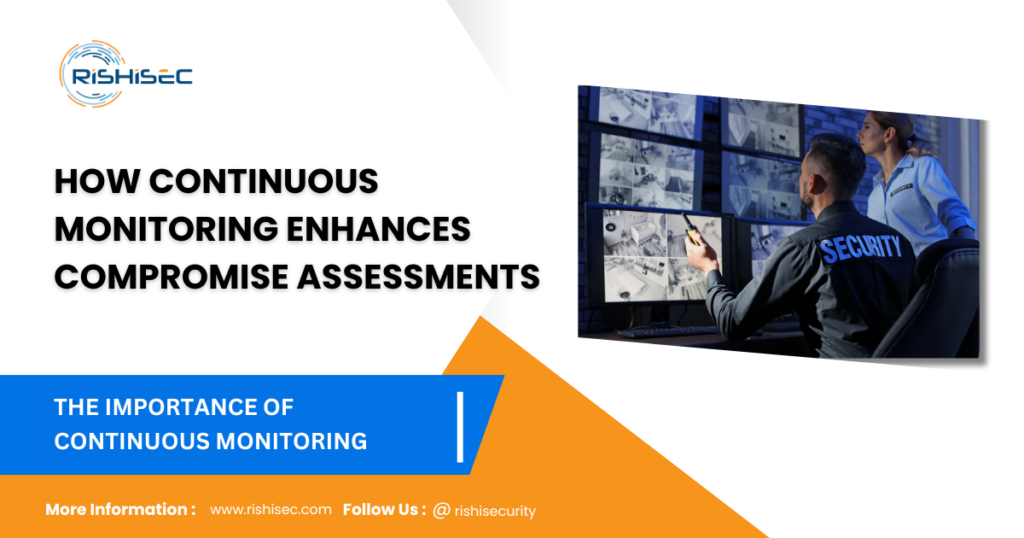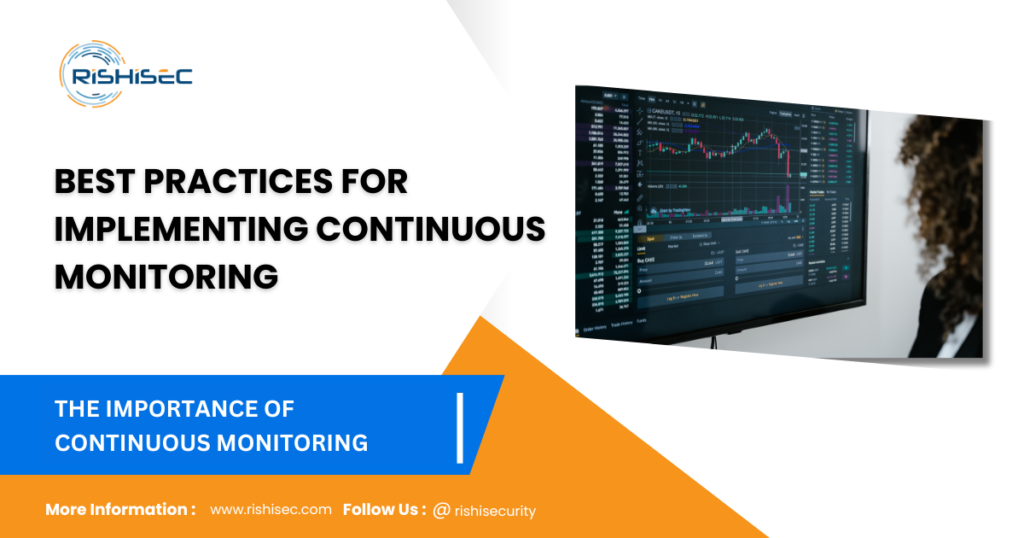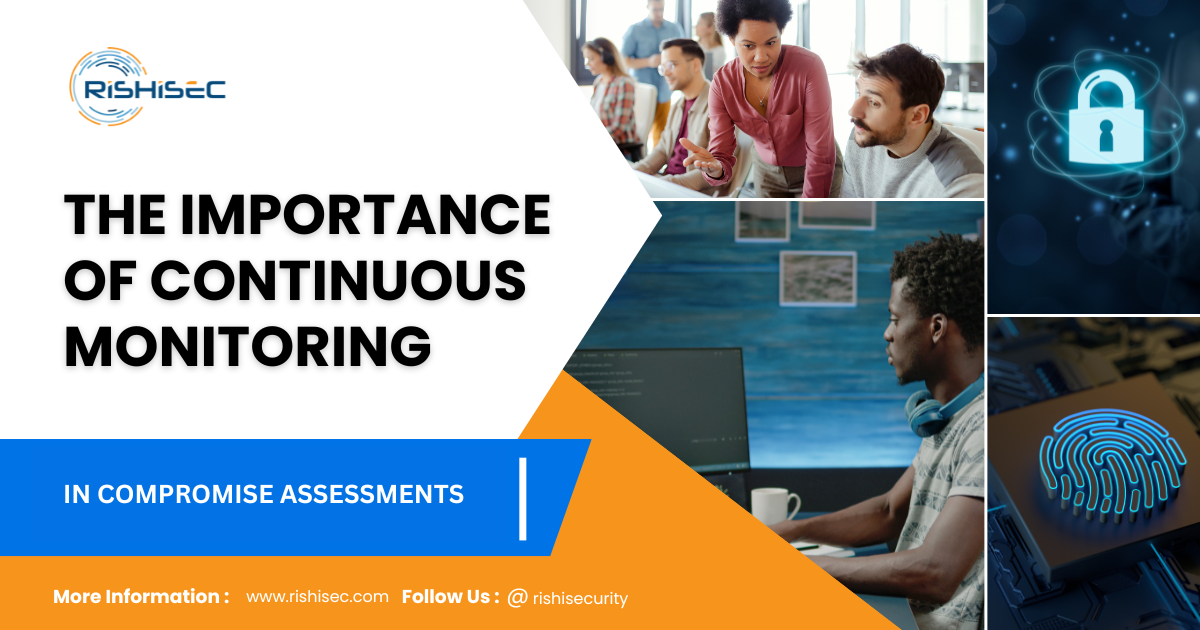Contents
- 1 Introduction
- 2 The Need for Continuous Monitoring in a Dynamic Cybersecurity Environment
- 3 How Continuous Monitoring Enhances Compromise Assessments
- 4 Key Benefits of Continuous Monitoring in Cybersecurity Strategies
- 5 Best Practices for Implementing Continuous Monitoring in Compromise Assessments
- 6 CTA
Introduction
In today’s rapidly evolving cybersecurity landscape, organizations face a continuous barrage of threats. Hackers are constantly probing networks, looking for vulnerabilities to exploit. Traditional security measures, while crucial, are no longer enough to prevent breaches. This is where continuous monitoring comes in. Continuous monitoring in compromise assessments acts as the digital sentinel, constantly surveying your environment to detect, prevent, and respond to potential threats in real time. Let’s explore the importance of continuous monitoring in Compromise Assessments and how it integrates seamlessly into your cyber security strategy.
The Need for Continuous Monitoring in a Dynamic Cybersecurity Environment

Dynamic Cybersecurity Environment
Cyber criminals are becoming more sophisticated, utilizing advanced techniques to evade detection. Traditional assessment methods, while useful, often provide a static snapshot of security postures, which quickly becomes outdated. By the time vulnerabilities are patched, new ones may emerge, leaving organizations exposed.
Continuous monitoring bridges this gap. It involves real-time tracking of network activities, system configurations, and user behavior, allowing organizations to swiftly identify and neutralize threats. Unlike static assessments, continuous monitoring is proactive, providing ongoing visibility into the attack surface.
A case in point: in 2023, a major financial institution avoided a significant breach because its continuous monitoring system detected anomalous login attempts. The rapid detection allowed the IT team to investigate and mitigate the issue before the attackers could escalate their privileges. Without this real-time oversight, the consequences could have been devastating.
How Continuous Monitoring Enhances Compromise Assessments

Compromise assessments are detailed investigations conducted to determine if an organization has been breached. They focus on identifying hidden threats or evidence of past attacks. Continuous monitoring enhances this process by offering a broader and more real-time view of potential compromises.
- Real-Time Threat Detection: Continuous monitoring can detect malicious activities as they occur, drastically reducing the time between detection and response. For instance, if an attacker breaches a network, the monitoring system can flag suspicious activity like unusual file transfers or unexpected spikes in traffic.
- Improved Incident Response: With continuous monitoring, security teams can respond faster and more effectively. Automated alerts enable teams to prioritize high-risk threats, ensuring that critical issues are addressed promptly. This reduces the window of opportunity for attackers to cause damage.
- Identifying Advanced Persistent Threats (APTs): APTs are sophisticated, long-term threats that often go undetected by traditional security measures. Continuous monitoring helps identify these threats by analyzing patterns of behavior over time, making it easier to spot anomalies that could indicate an APT.
Key Benefits of Continuous Monitoring in Cybersecurity Strategies
Integrating continuous monitoring into your cybersecurity strategy offers several key benefits:
- Ongoing Visibility: Continuous monitoring provides constant insights into the security posture of an organization. This visibility is essential for understanding real-time risks and making informed decisions about mitigating them.
- Faster Remediation: Detecting threats in real time allows organizations to act swiftly, reducing the potential impact of a breach. For instance, a healthcare provider leveraged continuous monitoring to identify and quarantine a ransomware attack before it could encrypt critical patient records.
- Compliance and Reporting: Many industries require organizations to maintain stringent security standards and prove their compliance through regular reporting. Continuous monitoring simplifies this process by providing comprehensive data on system activity and security events, making it easier to meet regulatory requirements.
Best Practices for Implementing Continuous Monitoring in Compromise Assessments

To maximize the effectiveness of continuous monitoring, organizations should follow these best practices:
- Leverage Automation: Automating key aspects of monitoring, such as threat detection and response, reduces human error and allows for faster remediation. Automated tools can instantly notify teams of potential breaches, enabling quicker action.
- Utilize AI and Machine Learning: AI-driven continuous monitoring systems can analyze vast amounts of data to identify patterns and detect anomalies. Machine learning algorithms help refine detection over time, making it easier to spot even the most sophisticated threats.
- Regularly Review and Update Monitoring Rules: As the threat landscape evolves, so should your monitoring parameters. Regularly updating your monitoring rules ensures that your system can detect new types of threats and vulnerabilities.
CTA
If you’re looking to stay ahead of cyber threats, SentryCA offers an industry-leading continuous monitoring solution. With real-time threat detection, automated incident response, and advanced AI-powered analytics, SentryCA ensures that your organization is always one step ahead of cybercriminals. Sign up for a free trial today and see how SentryCA can protect your digital assets while meeting your compliance needs having the importance of continuous monitoring in Compromise Assessments.
You may also like reading our this masterpiece post, Mastering Digital Forensics for Superior Compromise Assessments


